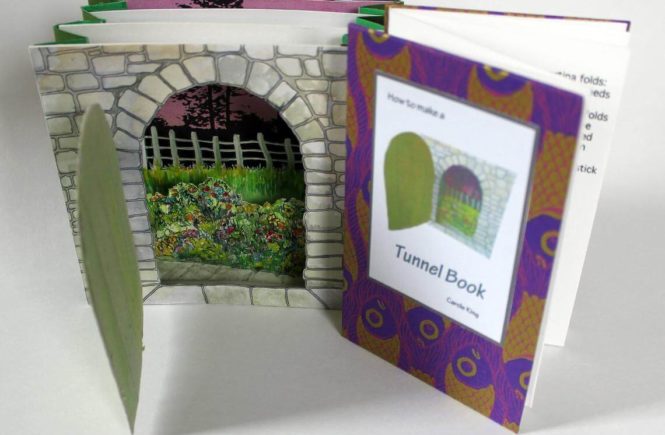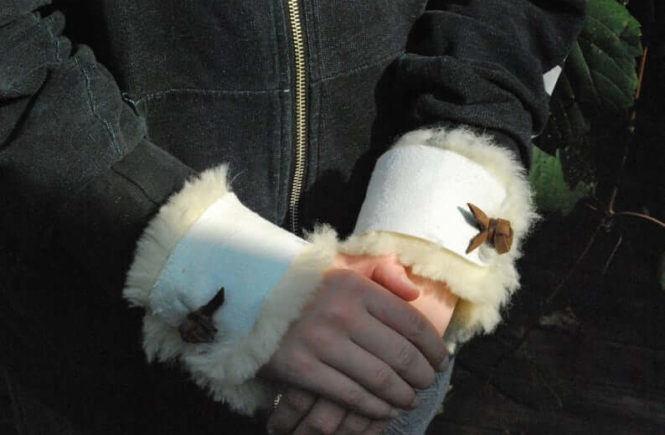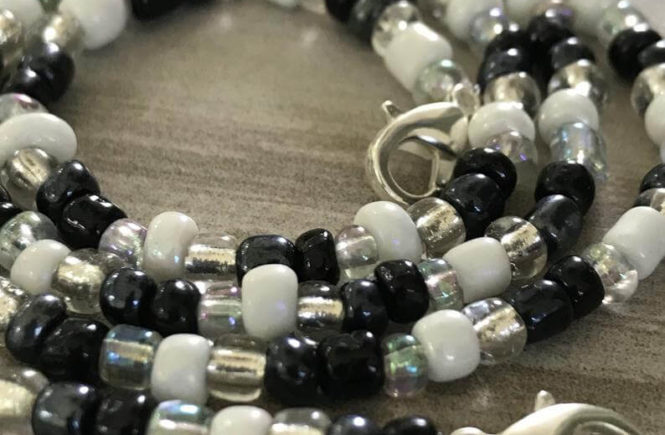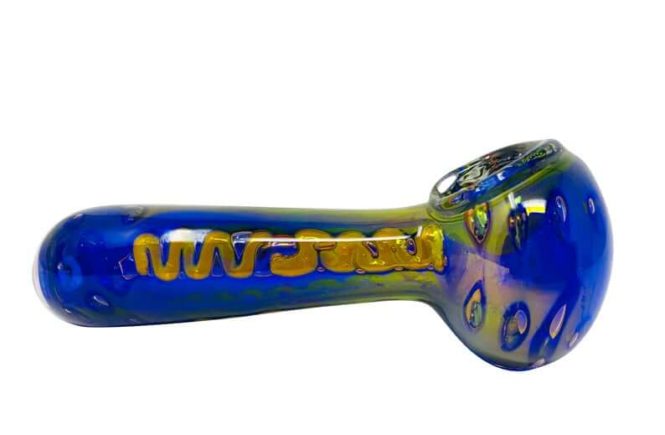[vc_row][vc_column][vc_message bb_tab_container=””]Niche : Personalized Design
Shop link : https://www.etsy.com/shop/NantDesigns
Instagram : http://instagram.com/nant_designs
Facebook : https://www.facebook.com/NantDesigns
Pinterest : https://www.pinterest.co.uk/nantdesigns[/vc_message][/vc_column][/vc_row][vc_row][vc_column][vc_column_text]
Tell us something about yourself, how did you get started, do you consider yourself a crafter, maker, artist…
Making things goes back further than I can recall but I certainly remember the joy of getting a new roll of sellotape or a tube of proper glue in my Christmas stocking. If I wasn’t making cakes or knitting for a brownie badge I would be making a marionette, sewing my own clothes, or creating paper sculptures. I loved the art class at school and had my first taste of screen printing there- I still have the poster for the school play that I printed. Both my parents were creative so I was encouraged in these pursuits as a hobby but dissuaded from pursuing it as a career and instead became a teacher.
It wasn’t until I finally returned to university to take a fine art degree that I changed direction and started to work as a painter, printmaker and bookbinder.
How did you discover Etsy? Did you have any previous experience in selling handmade products? Why did you start selling online?
The first handmade products that I made were handmade wooden children’s toys- hand-painted balancing parrots and clowns, teddy bears that climb up a rope and jack-in-the-box puppets. I sold these at a craft market near Hampton Court on an occasional basis. This was a pastime activity whilst my children were small but when they were both at school I returned to teaching.
It wasn’t until 2003 that I really started selling again, when I took part in Surrey Open Studios, selling mainly paintings.
In 2004 we moved to Wales and I started to produce more of my books, eventually getting my work into galleries and local shops. It wasn’t until 2011 that I ventured first onto Folksy and then Etsy.
[/vc_column_text][/vc_column][/vc_row][vc_row][vc_column width=”1/3″][vc_single_image image=”100001135″ img_size=”737×737″ onclick=”link_image” css_animation=”appear” bb_tab_container=””][/vc_column][vc_column width=”1/3″][vc_single_image image=”100001136″ img_size=”737×737″ onclick=”link_image” css_animation=”appear” bb_tab_container=””][/vc_column][vc_column width=”1/3″][vc_single_image image=”100001137″ img_size=”737×737″ onclick=”link_image” css_animation=”appear” bb_tab_container=””][/vc_column][/vc_row][vc_row][vc_column][vc_column_text]
What products do you sell, what type of materials are used in your creations, how do you design your products, what makes your products stand out?
I make books for all sorts of purposes: anything from a small pocket notebook or sketchbook to a large photo album, using a variety of techniques such as Coptic binding and decorative open spine techniques, as well as ring-bound and concertina books- I am always looking for new and exciting ways of binding pieces of paper.
I use my own hand printed papers for the covers of my books as well as commercially produced fabrics.
I create my own paper designs and handprint them in my own studio.
My designs are developed into multi-layer stencils and hand-printed using silkscreen techniques in a wide variety of colorways. I enjoy experimenting with different combinations of colored and translucent inks in layers, creating just short editions of each paper design.
The purpose of the book, its weight, color, and type of paper used for the pages, dictate the size and type of cover required.
Each book is individually made although I work in batches of similar designs – this is what gives my work a uniqueness and individuality. The designs are not mass-produced and so they all show the hand of the maker and the care that goes into producing a handcrafted product.
How was your experience in learning to craft, are you self-taught or did you have a mentor, how long did it take for you to be satisfied with your creations
Much of what I do is a self taught- learned from books or discovered through trial and error over years of experimentation. I received some basic training at college but methods have changed over the years. The technical aspects of screen printing and my understanding of the process have certainly improved over time and technological developments keep me on my toes. Youtube is always interesting to watch and hooray for being able to quickly lookup a method on the web.
Teaching others often inspires new methods, ideas and ways of doing things so I enjoy running workshops and seeing other people learn new skills.
What was your original goal when you opened up an Etsy shop? What impacted your decision to start selling online? Do you consider online selling as a side-job, full-time job, or extra income to pay for your hobby?
Living in Wales we have a small population so it was important to find a way to take my work to a wider audience so selling online was the obvious choice. I find that it is a great way to add an extra stream of income. Selling online offers potential buyers an alternative way of seeing the full range of what I can offer without having to arrange a studio visit. Some people like to be anonymous!
Did you have any fears or reservations before opening up your Etsy shop? Were you worried about profitability or product competitiveness? What are some concerns and questions you had before you got started? How did you overcome them?
At first I found it difficult to make it work for me but I didn’t rely on it financially so I let it grow slowly, working on my shop from time to time, making improvements and adding items for sale. It’s taken a while.
Pricing has always been difficult as I won’t undercut local galleries but need to make a profit in all areas.
I have found that good customer relations and communications are often the key to sorting out any difficulties in nonarrival of goods or delays.
[/vc_column_text][/vc_column][/vc_row][vc_row][vc_column width=”1/3″][vc_single_image image=”100001131″ img_size=”737×737″ onclick=”link_image” css_animation=”appear” bb_tab_container=””][/vc_column][vc_column width=”1/3″][vc_single_image image=”100001132″ img_size=”737×737″ onclick=”link_image” css_animation=”appear” bb_tab_container=””][/vc_column][vc_column width=”1/3″][vc_single_image image=”100001133″ img_size=”737×737″ onclick=”link_image” css_animation=”appear” bb_tab_container=””][/vc_column][/vc_row][vc_row][vc_column][vc_column_text]
How long did it take for you to get your first sale? Did you ever think you would make a lot of sales in the first year? What was the goal you were hoping for? How many sales an average you get per week?
It took several months to get my first sale- it was a valentines card. I only had six sales that the first year, mainly small items but it has grown. I now average about 6 a week, of varying amounts, depending a lot on what I have new to sell. I am always pleasantly surprised by any sales.
Do you have a job outside Etsy? If not, are you able to commit full-time to online selling? How does your typical day look like? How do you manage time?
I work with local galleries and shops as well as selling online. I teach workshops about I day a month and have to prepare for those so not all of my time is Etsy based. I also show at some of the big craft shows in the UK which takes a lot of time to create work for as well as exhibiting materials etc.
I find my time is very flexible, depending on need but being a maker definitely involves long hours and commitment to make it work.
I spend about half my work on listing, taking photographs and other admin work and the rest of the time in the studio.
How does your manufacturing process look like for e.g. your best selling product? Do you create products ahead of the orders? Do you customize your products, if so how? What are the tools that you are using in the manufacturing process?
I print my papers in batches of each colour way and also sell that separately.
The internal structure of the book is made separately and I try to keep a pile of uncovered books ready for panic moments. Each blank book takes about an hour to make but I try to set up a production line completing the separate processes on a number of books at a time. Covering, labeling, and boxing are the last processes.
I only sell what I have already made, as a lot of my work is difficult to completely reproduce.
Apart from commissions, which are completely made to order, I don’t usually customize my products although I can print logos or design papers to order if required.
What is the biggest impact on the profitability of your shop? How expensive are the materials you use? How do you price your products?
Materials are never the biggest expense it is time spent making that is the biggest cost.
I price each type of book by how long it takes to make, size, a number of pages, and the materials I have used adding in a percentage for distribution, packaging, commission on sales and all those other extras. I try to work out all the expenses for a particular product although I expect to make more profit on some than others. It needs to average out overall rather than on just one piece.
What inspires you when you’re creating? How do you get ideas for new products? What are some methods or tools you use to get creative?
Ideas usually come from being involved in my work. If I have an idea at any time I always write it down, hopefully in a sketchbook. It takes some time to completely work things out, whether it’s an idea for a new paper design or a new book construction. I tend to do a lot of thinking before I start making.
I use a ‘Wacom’ tablet and Photoshop to draw out paper designs as it is easy to develop them into printable layers of different colors but the idea itself could come from so many different sources- plants, magazines, a comment…….
Do you ship your product internationally? How do you handle postage pricing? What is the average time it takes from the order to the delivery? Do you use free shipping? If so, why? How do you package your products?
I am happy to sell my work worldwide. I weigh each product individually before setting a price but it’s difficult if someone orders more than one product. If I overcharge I will reimburse the buyer, to be fair. I have free shipping on some products in the UK and just try to keep up with price changes. I know a lot of buyers look for free shipping as they like to see the full cost when browsing- I know I do.
Many of my books have their own presentation box which makes them easier to pack. I use as much recycled cardboard as I can to ensure they arrive in good condition. I always include a thank you note and for large orders a little something extra.
Are you worried about competitors? Does it impact your business in any way? If there are a lot of similar products, how do you make your own standout?
I find that I have less direct competition in my work than say jewelers do but the price is always an issue. My books are completely handmade whereas my competitors are often using some ready-made components and so can charge less. Good, clear photographs are undoubtedly the key to making work stand out in the marketplace and having a unique product with excellent reviews.
How do you deal with disputes or bad ratings/feedback? How do you manage presale and post-sale communication and customer satisfaction?
Dealing quickly with problems with a courteous and full explanation seems to usually sort things out. I haven’t had any real problems to deal with yet, thankfully. Feedback on my products is precious so I like to communicate with my buyers and thank them for their comments- it makes it more personal.
Has selling on Etsy changed your life in any way? If so, how? Did you ever think you would get this far with your shop? Have you ever been stressed about dealing with customers and manufacturing products? How did you deal with that?
During the Corona virus lockdown Etsy has been a bonus and given me a new focus as galleries have been closed. I have enjoyed being able to concentrate more fully on my Etsy shop and see it develop.
I find that being able to communicate with my customers, through messaging, gives me time to think through what I really want to say or do rather than giving a direct response, as in a face to face situation.
How important is social media for your shop? What are some common tactics you use to promote your products? Do you spend money on ads outside of Etsy? How do you generate excitement/hype around your products?
I use a minimal amount of social media and its a side of marketing that I really want to build up next. At the moment it isn’t an important part of selling for me- I seem to get more sales from repeat customers or from customers that I have met at craft fairs and workshop events. I haven’t spent money on ads yet. I use my mailing list to occasionally let customers know what I am working on and forthcoming events.
What are some things you don’t like about Etsy? If you could talk to the CEO of Etsy what recommendations would you tell him to improve sellers and customer satisfaction?
I would love to have a way to show that what I produce is completely handmade to distinguish it from more mechanically produced products. It would make a real difference to those wishing to purchase something very special.
What are some things you did to set your shop for success on Etsy? What is one lesson you learned the hard way?
I spent a lot of time getting my keywords right for my products before I was happy with my listings and I keep going back to them to make improvements. Photography of all aspects of each product is essential and it really is a skill in itself, but practice is worthwhile.
Writing a really good description for each product takes time but get easier each time I do it.
What piece of advice would you give to new or established sellers or those considering selling on Etsy? How can they avoid beginner mistakes?
Look for what’s unique and special about your work and shout about it, join the forums and groups on Facebook etc for support from other makers.
It’s a great opportunity to sell but it will take a bit of work.
[/vc_column_text][/vc_column][/vc_row]




